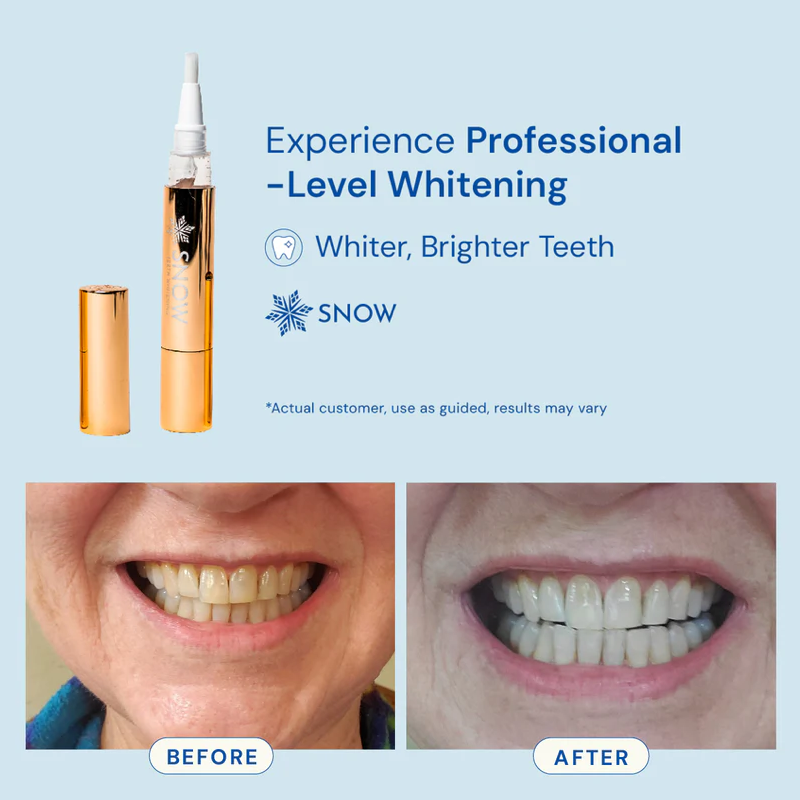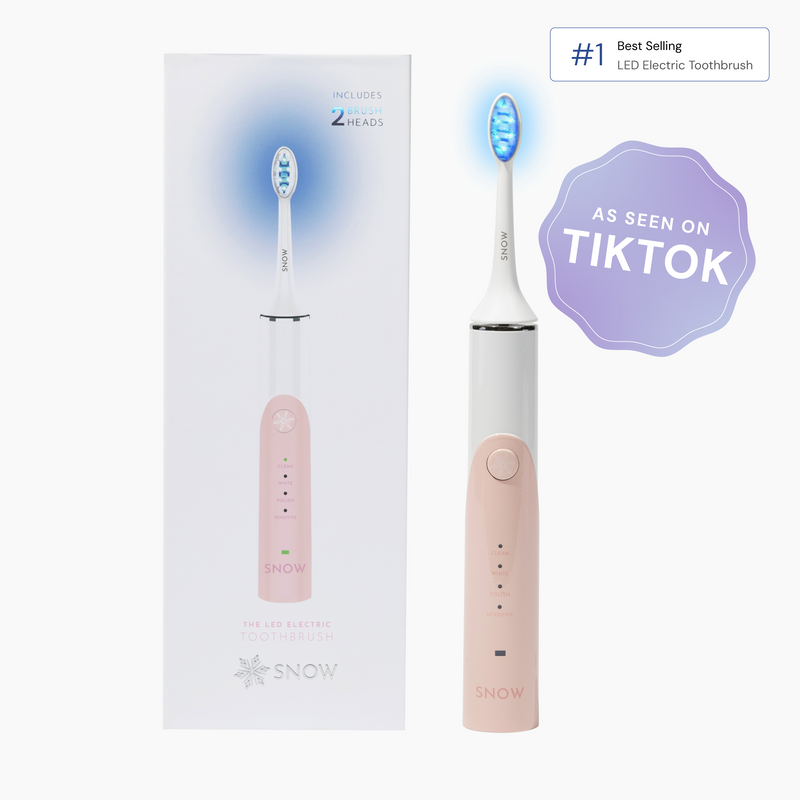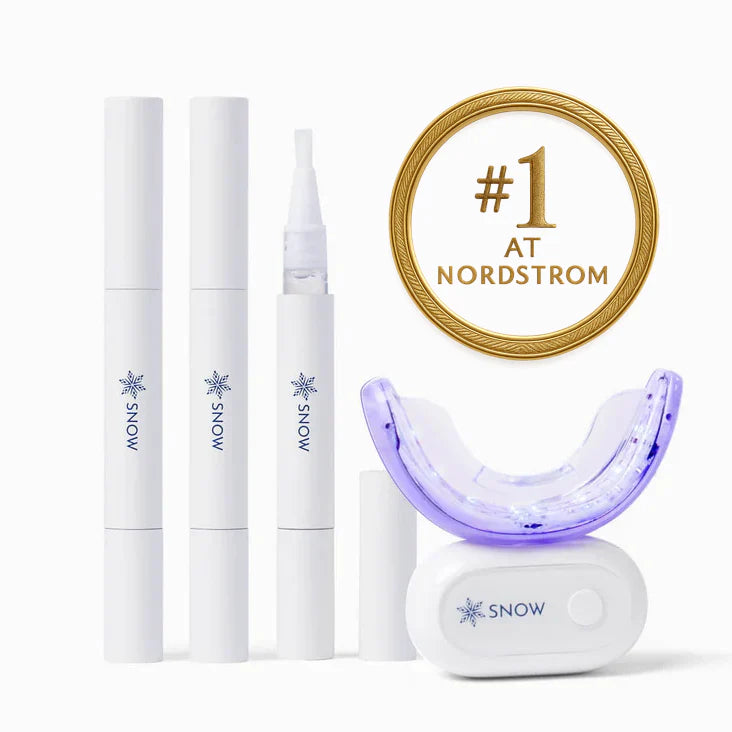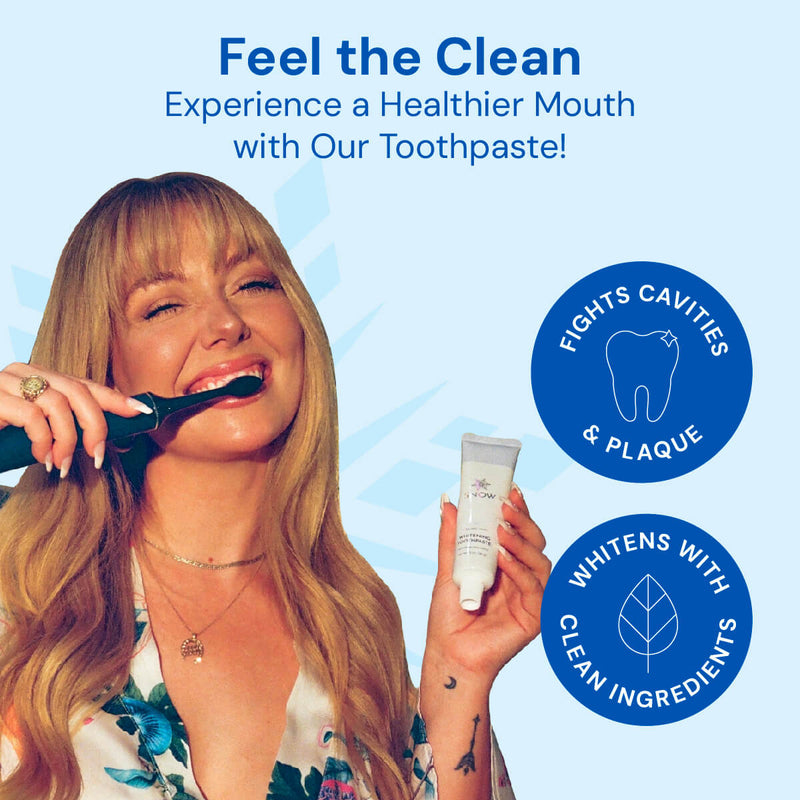Not all dental cleanings are the same. If you’ve ever wondered whether you need a regular cleaning or a deep cleaning, you’re not alone. The two procedures serve very different purposes; one keeps your smile healthy, while the other treats signs of gum disease.
In this guide, we’ll break down exactly how regular cleanings and deep cleanings differ, when each one is needed, and how they support long-term oral health. Whether you’re due for your next check-up or noticing signs of gum problems, understanding these treatments can help you make the right decision for your smile.
Key Takeaways
-
Regular dental cleanings are essential for maintaining oral health, preventing decay, gum disease, and bad breath, and are typically recommended every six months.
-
Deep cleanings address gum disease by removing tartar and bacteria below the gumline, usually requiring local anesthesia and potentially multiple appointments.
-
Consistent oral hygiene practices and regular dental visits are crucial for preventing the need for deep cleanings and maintaining optimal gum health.
Understanding Regular Dental Cleanings

A regular dental cleaning is a routine procedure that plays a key role in maintaining oral health. It helps prevent common issues like gum disease, tooth loss, and periodontal disease by removing built-up plaque and tartar from the teeth and along the gum line.
Unlike a deep dental cleaning, which treats more advanced conditions, a regular cleaning focuses on maintaining everyday dental hygiene. During the appointment, a dental hygienist uses tools to gently remove deposits from your teeth' surfaces and polish them for a clean, smooth finish. The process typically takes 30 to 60 minutes and is comfortable for most patients.
Preventive treatments such as fluoride applications or dental sealants may also be offered to strengthen your enamel and further protect your teeth from decay.
Most people benefit from a regular dental cleaning every six months, though your dentist might recommend a different schedule based on your needs. Staying consistent with these appointments helps reduce the risk of needing more intensive procedures, such as scaling and root planing, which are part of deep cleaning treatments for managing gum disease.
When comparing deep cleaning vs regular cleaning of teeth, it’s clear that regular cleanings are essential for prevention. Keeping up with these visits supports healthy gums and strong teeth while minimizing the chance of more serious problems down the line.
What Happens During a Deep Cleaning?
A deep cleaning appointment targets the underlying causes of gum disease by reaching areas a routine cleaning can’t. The procedure works through two main phases: scaling and root planing, both aimed at removing harmful bacteria and creating a healthy environment for your teeth and gums to heal.
Here's how the process works step by step:
1. Scaling Breaks Down Plaque and Tartar
Scaling uses ultrasonic or manual tools to break up hardened plaque and tartar that have built up below the gum line. This buildup often builds up deep around the tooth roots and inside gum pockets, where regular brushing and flossing can’t reach. Removing these layers helps eliminate the bacteria fueling periodontal disease.
2. Root Planing Smooths Rough Root Surfaces
Once the tartar is removed, root planing smooths the tooth roots. This makes it harder for new bacteria to stick and form fresh plaque. It also encourages the gums to reattach more tightly to the teeth, reducing gum pockets and lowering the risk of future infection.
3. Healing Starts at the Roots
With the root surfaces clean and smooth, healing begins. Gums may feel sore for a short time, but this step is crucial for stopping bleeding, reducing inflammation, and preventing further tissue or tooth loss. Over the next few weeks, many patients notice their gums tightening and bleeding less.
4. Protective Treatments Support Recovery
To support healing, your dentist may recommend antibacterial rinses or apply a fluoride treatment to strengthen enamel and protect against future decay. This extra layer of care helps prevent bacteria from re-colonizing freshly cleaned areas.
This process is what makes scaling and root planing a powerful solution for controlling gum disease and protecting your oral health. When done early, it can prevent the need for surgery and preserve the long-term stability of your teeth.
Key Differences Between Regular and Deep Cleanings
Knowing whether you need a regular or deep cleaning starts with understanding the differences between the two. While regular dental cleanings help maintain oral hygiene, deep cleanings treat active gum disease by targeting areas below the gumline. The comparison below highlights the essential differences.
By understanding the differences, you can choose the correct procedure for your current oral health needs. Both play a vital role; regular cleanings keep your mouth healthy, while deep cleanings are a necessary response to gum disease before it becomes irreversible.
Signs You Might Need a Deep Cleaning
Ignoring early signs of gum problems can lead to irreversible damage to your oral health. A deep cleaning is often recommended when routine efforts like brushing and flossing can no longer remove plaque and tartar buildup, especially below the gum line.
You may need a deep cleaning if you experience:
-
Persistent bad breath, even after daily hygiene
-
Bleeding gums when brushing or flossing
-
Red, swollen, or tender gums
-
Deep gum pockets are forming around the teeth
-
Noticeable tartar reaching down to the tooth roots
-
Loose teeth or sensitivity to temperature
-
Pus or signs of infection around your gums
If these symptoms are left untreated, they can progress into more advanced stages of periodontal disease. Identifying these red flags early may prevent the need for complex procedures later. Learn more about how to treat deep stains and discoloration that often occur alongside gum issues.
SNOW’s Purple Whitening System is ideal for those managing sensitivity after a deep cleaning. It’s designed to brighten your teeth while being gentle on your gums.
The Benefits of Regular Dental Cleanings

Regular dental cleanings offer numerous benefits beyond just a bright smile. These cleanings are essential preventive measures that significantly lower the risk of severe oral health problems such as cavities and gum disease. By removing plaque and tartar from your teeth, regular cleanings help prevent cavities and these issues from arising.
One key benefit of regular dental cleanings is the prevention of bad breath. Benefits include:
-
Removal of harmful bacteria that cause halitosis, ensuring fresh breath
-
Avoidance of gum disease
-
Treatment of mild symptoms before they escalate into more severe conditions
Regular dental check-ups can identify problems early, reducing the need for invasive treatments like deep cleaning. Consistent oral hygiene practices, including brushing and flossing, complemented by regular dental cleanings every 6 months, are essential for preventing gum disease.
These routine visits keep your teeth healthy and strong, preventing infections and reducing the risk of tooth loss. Adhering to a regular dental cleaning routine helps you maintain a healthy mouth and a beautiful smile.
The Importance of Deep Cleanings for Gum Health
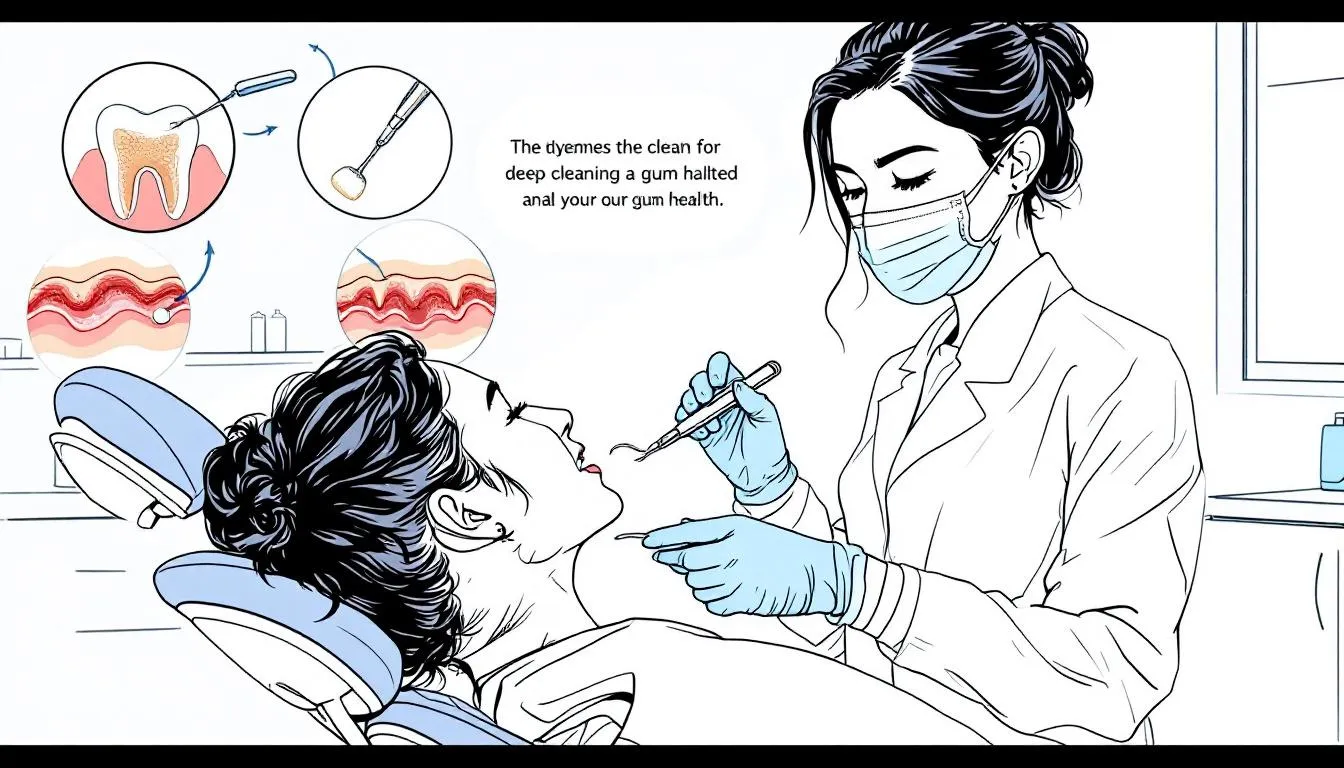
Staying consistent with your regular dental cleaning routine is one of the most effective ways to protect your teeth and gums. When plaque accumulates, it hardens into tartar, which can contribute to gum disease and other complications if not removed by a professional.
Benefits of regular dental cleanings include:
-
Preventing decay and gum infections
-
Early detection of problems before they require invasive treatment
-
Fresher breath by eliminating harmful bacteria
-
Healthier tooth enamel and reduced sensitivity
-
Lower risk of needing a deep dental cleaning later
These visits typically occur every six months and work best when combined with strong at-home habits. If you’re wondering how long your whitening results should last after a cleaning, this guide explains how to maintain them.
For daily maintenance, SNOW’s Whitening Toothpaste Booster Powder helps reduce stains and keep your mouth feeling fresh.
Keep Teeth Bright Between Visits With Snow
Routine cleanings not only save your smile but also your budget. Avoiding major treatments can reduce long-term expenses. For a full breakdown of the costs for these services, see this helpful teeth-whitening cost overview.
What to Expect After a Deep Cleaning
After a deep cleaning, proper aftercare is key to healing and maintaining healthy teeth and gums. Most patients experience mild side effects as the mouth begins to recover, especially in the early stages following the procedure.
Here’s what you can typically expect:
-
Tender or sore gums for a few days
-
Mild bleeding, especially during brushing
-
Tooth sensitivity to hot or cold, which usually subsides within a few weeks
-
A temporary feeling of loose teeth, which improves as the surrounding tissues heal
In some cases, your dentist may recommend antibiotics to help reduce infection risk and support healing. Post-treatment, you may be scheduled for two or more appointments, especially if the pocket depths were severe or involved multiple quadrants.
A deep cleaning typically lasts 1 to 2 hours, depending on the extent of buildup and your oral health. After the procedure, regular check-ups every 3 to 4 months are often advised to prevent plaque from returning to the root surfaces. Your provider might also adjust your schedule based on your individual needs for personalized care.
By following your dentist’s instructions and maintaining routine care, you help preserve the results of your treatment and avoid future complications.
Insurance Coverage and Costs
Understanding the cost breakdown of dental cleanings helps you plan ahead and avoid surprises.
Regular Dental Cleanings:
-
Typically costs $75 to $200 without insurance
-
Most insurance plans classify them as preventive care, covering them at 100%
-
Usuall, theyy only require one visit, making them accessible and affordable
Deep Cleanings (Scaling and Root Planing):
-
Priced per quadrant, ranging from $150 to $350
-
A full-mouth deep cleaning can total $600 to $1,400
-
Most insurance plans cover 50 to 80% of the cost
-
Without insurance, patients must pay out of pocket
-
Initial visits may include exams or X-rays, adding $50 to $400 depending on the provider
Investing in preventive treatments, such as cleanings, now can help prevent expensive restorative work later. If you’re managing gum issues, consistent follow-up and specialized care make a significant difference in long-term outcomes.
Preventive Measures to Avoid the Need for Deep Cleaning
Preventing the need for a deep dental cleaning starts with simple daily habits that protect your teeth and gums over time. Consistency is key to preserving your oral health and avoiding conditions that lead to gum disease or irreversible damage.
Here’s what you should prioritize:
-
Brush twice a day using a fluoride toothpaste
-
Floss daily to remove debris between teeth
-
Use an antibacterial mouthwash to reduce plaque and bacterial buildup
-
Visit your dentist every six months for routine cleanings and early detection
-
Avoid tobacco, which increases the risk of gum disease and tooth loss
-
Eat a balanced diet rich in fiber and water to support healthy gums
-
Stay hydrated to help rinse away food particles and maintain saliva flow
When plaque builds up unchecked, it can harden into tartar, which cannot be removed by brushing or flossing alone. This buildup at the gum line is a significant factor in the development of periodontal issues. If left untreated, it may eventually require a deep cleaning procedure.
Routine professional care is a key part of prevention. Cleanings performed by a dental hygienist help eliminate hard-to-reach areas that daily brushing and flossing alone cannot reach.
Final Thoughts
Both regular dental cleanings and deep cleanings play a vital role in protecting your oral health, but each serves a distinct purpose. Routine cleanings help prevent dental issues by removing plaque and tartar from the tooth surface, while deep cleanings go beneath the gum line to treat gum disease and halt its progression.
Recognizing early signs such as bleeding gums, persistent bad breath, or tartar buildup near the tooth roots allows for timely intervention, often preventing more invasive procedures later on.
By sticking to consistent oral hygiene, scheduling regular dental visits, and understanding your insurance coverage, you can make informed decisions and avoid more complex or costly treatments in the future. Prioritizing these habits ensures long-term gum health, a clean mouth, and confident smiles.
To maintain your results and keep your smile glowing between cleanings, SNOW offers gentle, enamel-safe whitening products designed to complement your dental routine without causing irritation or sensitivity.
Try SNOW’s Teeth Whitening Solutions
Frequently Asked Questions
Find quick, clear info on dental cleanings, deep cleaning needs, and how to keep your smile healthy.
What is the main difference between regular dental cleanings and deep cleanings?
The main difference is that regular dental cleanings address plaque and tartar on the visible surfaces of teeth. In contrast, deep cleanings involve treating gum disease by removing tartar below the gumline through scaling and root planing.
How often should I get a regular dental cleaning?
You should get a regular dental cleaning twice a year to maintain healthy gums and prevent dental issues. This routine helps ensure optimal oral health.
What are the signs that I might need a deep cleaning?
If you experience persistent bad breath, bleeding or swollen gums, sensitivity to temperature changes, or loose teeth, these are clear signs you may need a deep cleaning. Addressing these issues promptly with a dental professional is essential for maintaining oral health.
How much does a deep cleaning cost without insurance?
A deep cleaning typically costs between $600 and $1,400 for a full-mouth treatment without insurance. It's essential to consider this when budgeting for dental care.
What can I do to avoid needing a deep cleaning?
To avoid needing a deep cleaning, consistently brush and floss your teeth daily, use mouthwash, and schedule dental check-ups every six months. Additionally, maintaining a healthy diet and avoiding tobacco use can greatly improve your oral health.

















































